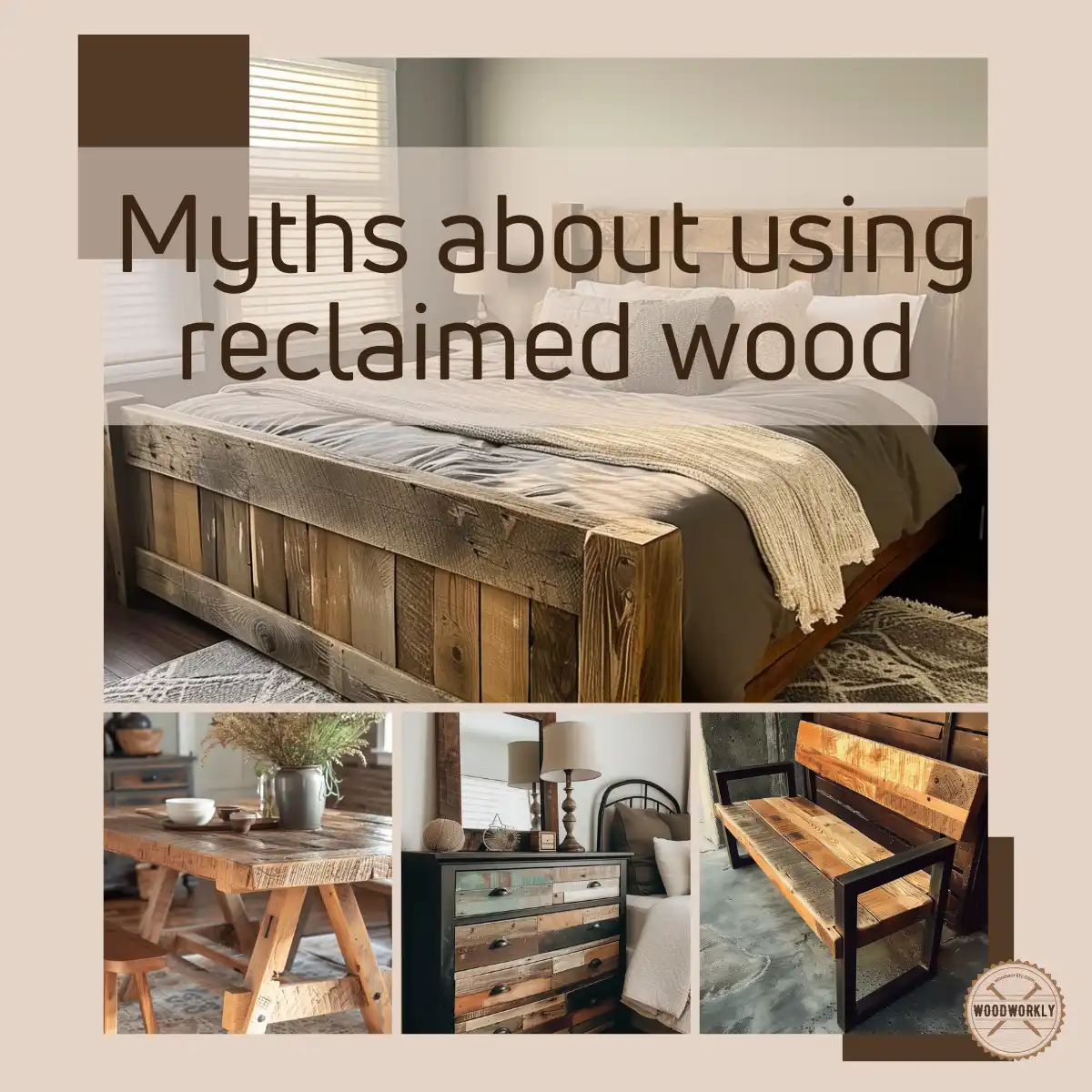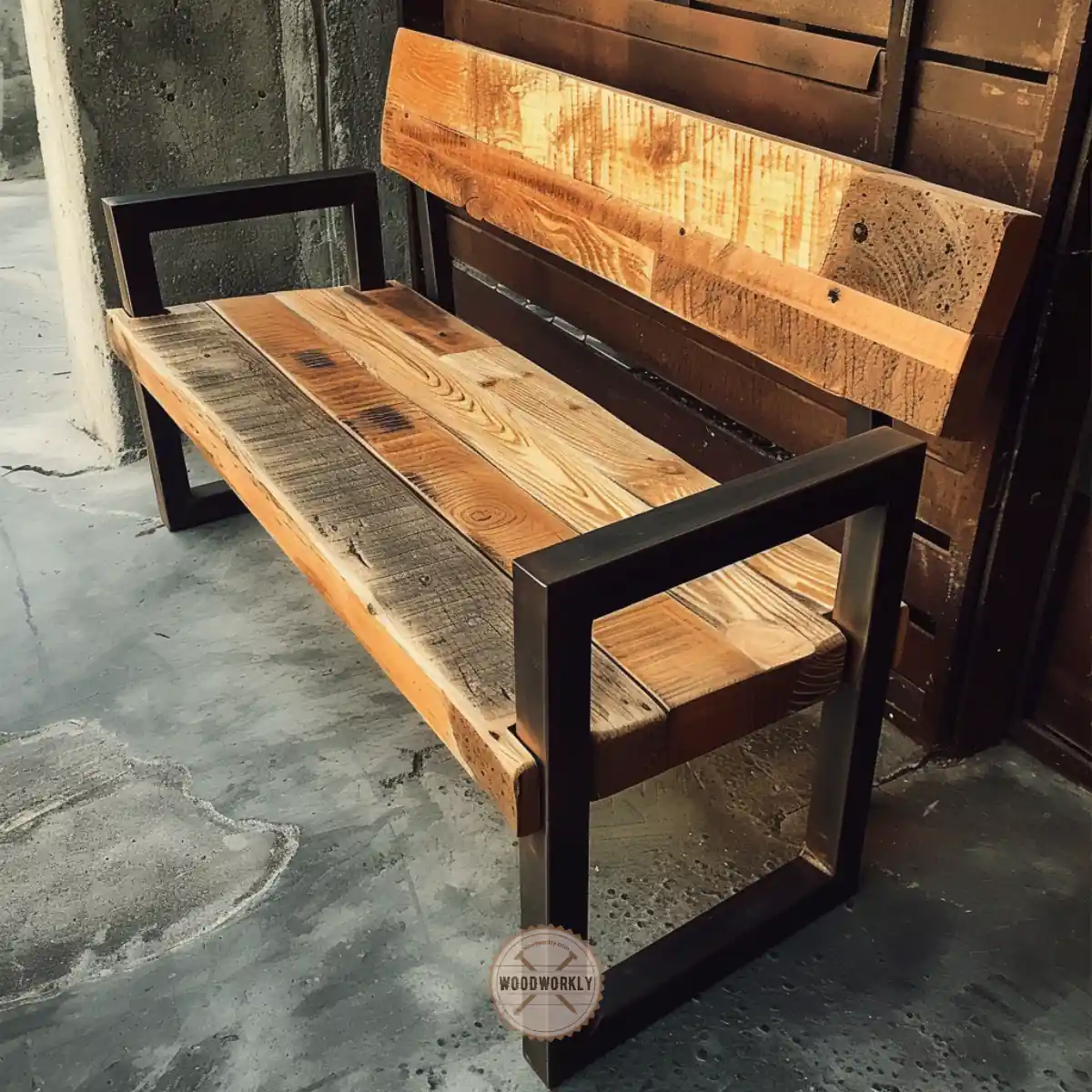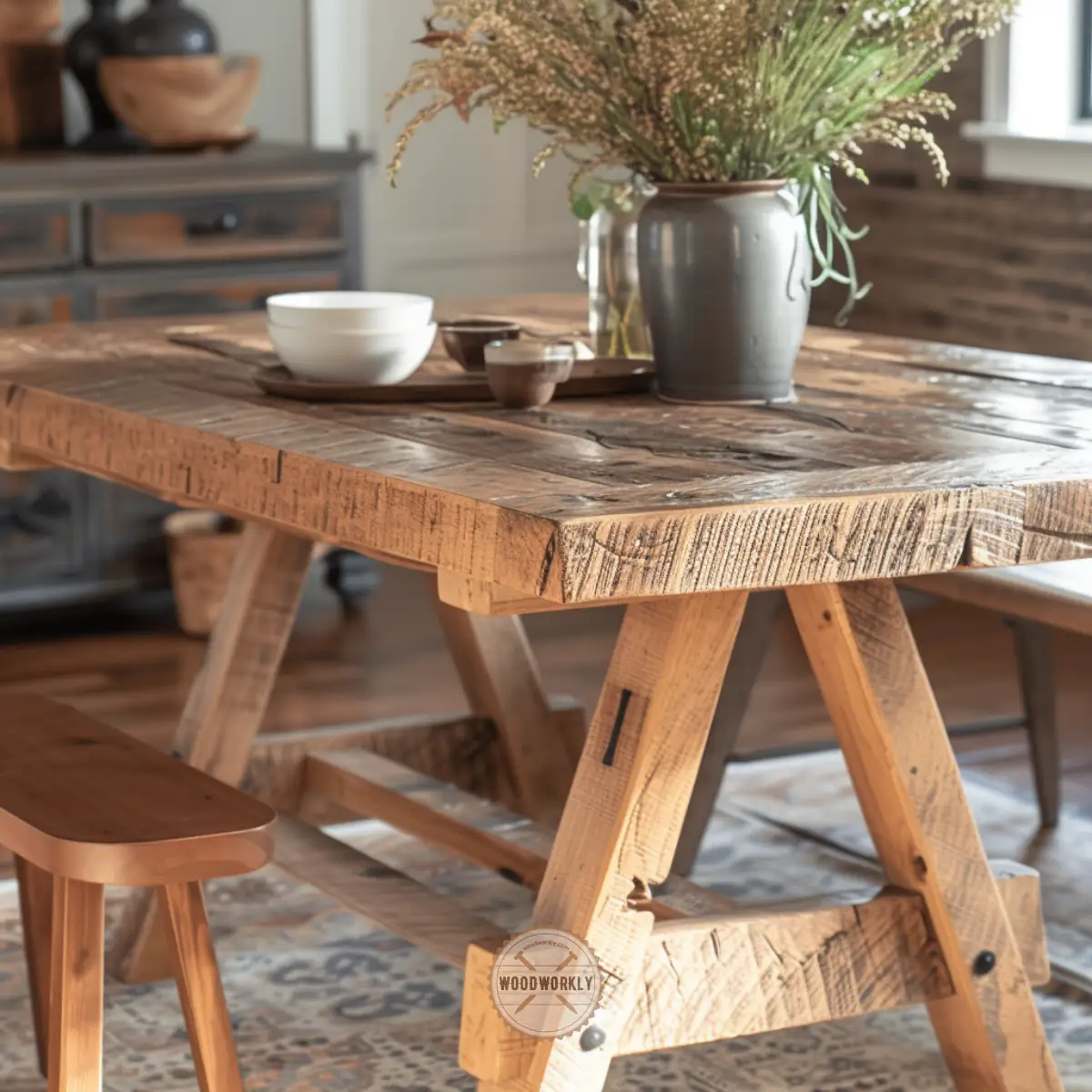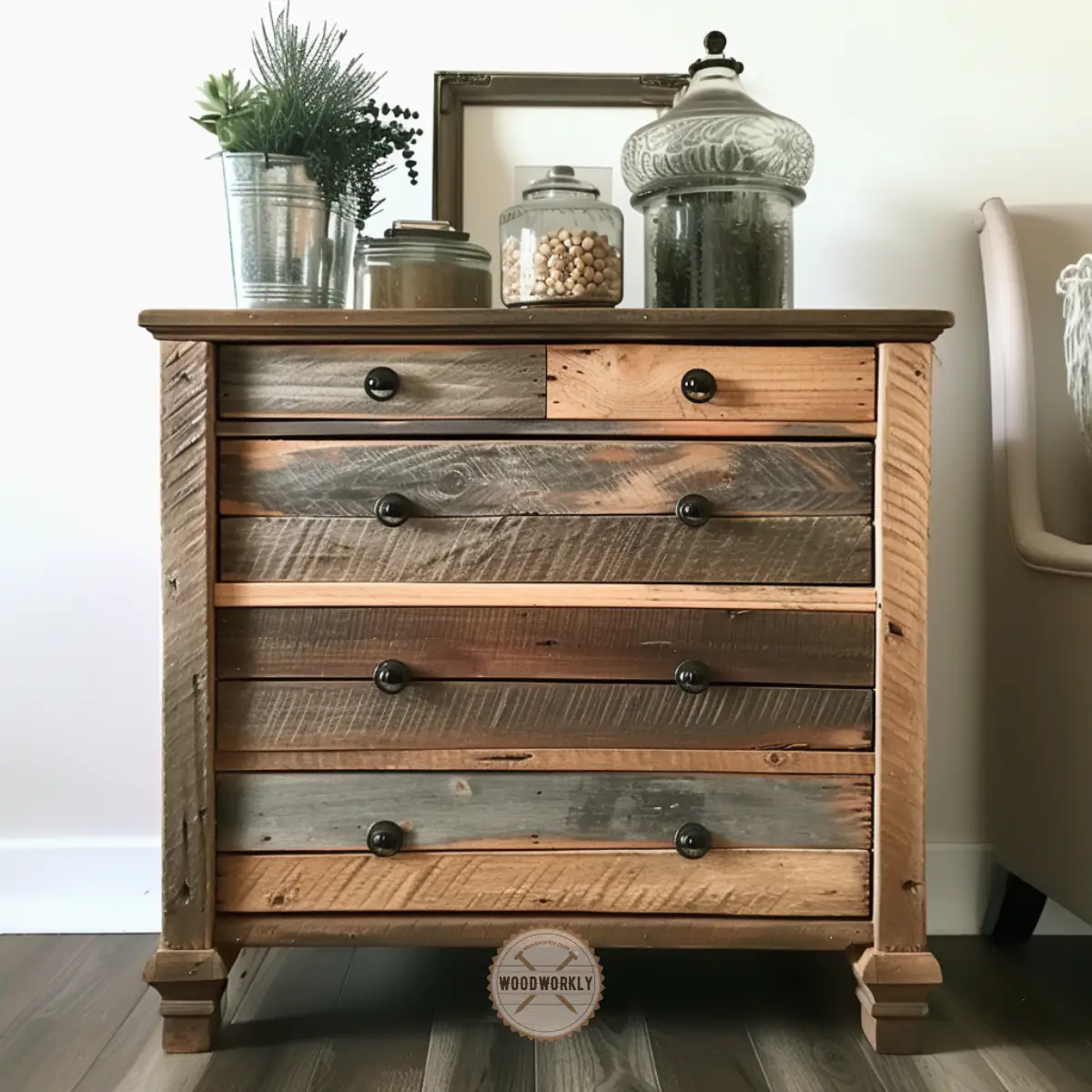Have you ever heard some pretty wild stories about using old wood for new projects?

Well, today we’re going to play detective and find out the real scoop, busting some myths and discovering just how awesome reclaimed wood can be!
Let’s dive into debunking five myths about using reclaimed wood and shed some light on why it might just be the perfect choice for your next project.
Myth 1: Reclaimed Wood Isn’t Durable
One of the biggest myths out there is that reclaimed wood lacks durability. In reality, the opposite is often true.
Most reclaimed wood comes from old structures, like barns and warehouses, made from old-growth timber.
This wood has stood the test of time, proving its durability and strength.
Over the years, it’s had the chance to dry out and harden, making it even more stable and less prone to warping or twisting than some new woods.

Myth 2: It’s Too Expensive
Another common myth is that reclaimed wood is prohibitively expensive.
While it’s true that the process of salvaging, cleaning, and preparing reclaimed wood can add to its cost, it’s also important to consider the value it brings.
Reclaimed wood offers unparalleled character, history, and sustainability, which can add significant value to a project.
Plus, depending on the source and type of wood, prices can vary widely, making it accessible for various budgets.

Myth 3: Reclaimed Wood Is Prone to Pests
Some folks worry that reclaimed wood might be harboring pests or insects.
However, reputable suppliers of reclaimed wood ensure that all their materials are thoroughly cleaned, dried, and treated if necessary, to eliminate any pests.
Properly processed reclaimed wood is just as safe and clean as new wood, if not more so due to the additional treatments it may undergo.

Myth 4: It’s Difficult to Work With
There’s a notion that reclaimed wood is challenging to work with, perhaps because of its age or the remnants of old hardware.
While it’s true that working with reclaimed wood can sometimes present unique challenges, such as removing old nails or evening-out inconsistencies, these aspects also contribute to the character and story of the final piece.
With the right tools and a bit of patience, working with reclaimed wood can be incredibly rewarding.

Myth 5: Limited Use and Versatility
Finally, some might think that reclaimed wood is only suitable for rustic or vintage-style projects.
This couldn’t be further from the truth. Reclaimed wood’s versatility knows no bounds—it can complement a modern design just as beautifully as it does a traditional one.
Whether you’re crafting furniture, accent walls, or art pieces, reclaimed wood can be adapted to suit a wide range of styles and purposes.

Conclusion
Using reclaimed wood is not just about making a style statement; it’s also an excellent choice for the environmentally conscious woodworker.
By choosing reclaimed materials, you’re playing a part in reducing deforestation and waste, giving new life to old wood that’s rich in history and character.
So, next time you’re considering materials for a project, don’t let these myths hold you back from exploring the potential of reclaimed wood.
It’s durable, can be cost-effective, pest-free, workable, and incredibly versatile. How’s that for debunking some myths?